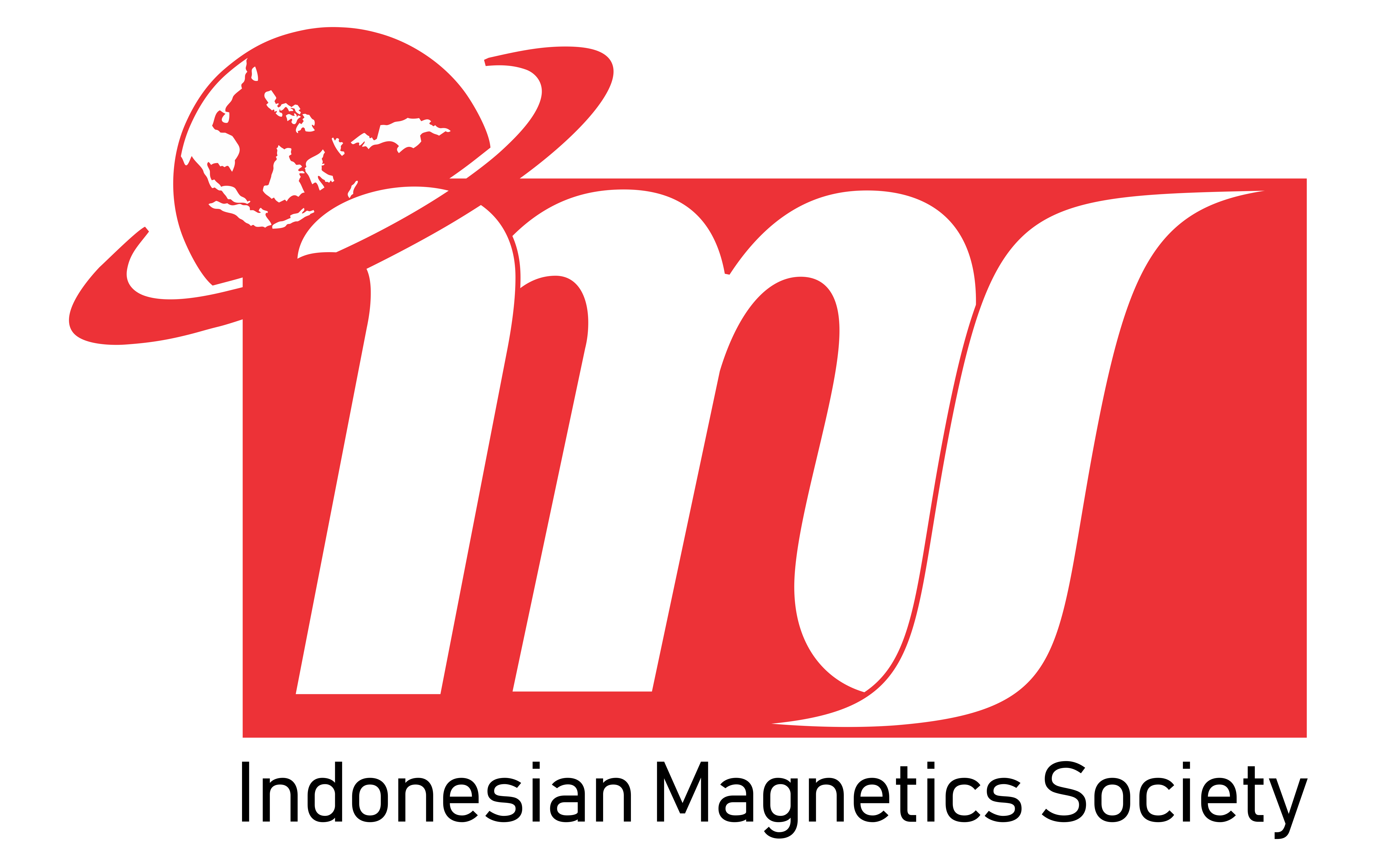Non-standard and Numerov finite difference schemes for finite difference time domain method to solve one-dimensional Schrödinger equation
Abstract
Keywords
Full Text:
PDFReferences
Alan Asparu-Guzik, William A, and Lester Jr. (2003). Quantum Monte Carlo methods for the solution of the Schrodinger equation for moleculer systems. Handbook of Numerical Analysis, Elevesier. Doi: 10.1016/51570-8659(03)10007-5.
Chen, R., Xu, Z., & Sun, L. (1993). Finite-difference scheme to solve Schrödinger equations. Physical Review E, 47(5), 3799.
Cooper, J. D., Valavanis, A., Ikonić, Z., Harrison, P., & Cunningham, J. E. (2010). Finite difference method for solving the Schrödinger equation with band nonparabolicity in mid-infrared quantum cascade lasers. Journal of Applied Physics, 108(11), 113109. Doi : 10.1063/1.3512981.
Garnet Kin-Lic Chan, and Martin Head-Gordon. (2003). Exact solution (within a triple-zeta, double polarization basis set) of the electronic Schrodinger equation for water. J.Chem.Phys. Doi : 10.1063/1.1574318.
Kalogiratou, Z. Monovasilis, Th. Simos, T.E. (2004). Numerical solution of the two-dimensional time independent Schrodinger equation with Numerov-type methods. Journal of Mathematical Chemistry Vol. 37, No 3. Doi: 10.1007/s10910-004-1469-1.
Mohandas Pillai, Joshua Goglio, And Thad G. Walker. (2012). Matrix Numerov method for solving Schrodinger’s equation. Am. J. Phys. 80(11) : 1017. https://dx.doi.org/10.1119/1.4748813.
Quiroz González, J. L. M., & Thompson, D. (1997). Getting started with Numerov’s method. Computers in Physics, 11(5), 514-515.
Ramazan Koc and Hayriye Tutunculer. (2003). Exact Solution of position dependent mass Schrodinger equation by Supersymmteric quantum mechanics. Ann.Phys. (Leipzig). Doi: 10.1002/andp200310031.
Ronald E Mickens, Issa Ramadhani. (1992). Finite-difference scheme for the numerical solution of the Schrodinger equation. Physical Review A, 45(3) : 2074. https://doi.org/10.1088/0031-8949/81/04/045001
Ronald E. Mickens. (1999). Application of Nonstandard Finite Difference Schemes. World Scientific Publishing, Singapore. ISBN : 981-02-4133-X.
Simon, T.E. Williams, P.S. (1999). On finite difference methods for the solution of the Schrodinger equation. Computer & Chemistry, 23 (513-554). Doi: S0097-8485(99)00023-6.
Subhan, I Wayan Sudiarta, and Lily Maysari Angraini. (2018). Two-Particle Thermal Density Matrices in One Dimension Using Finite Difference Time Domain (FDTD) Method. Indonesian Physical Review. Doi :10.29303/ipr.vlil.13.
Sudiarta, I. W., & Geldart, D. W. (2007). Solving the Schrödinger equation using the finite difference time domain method. Journal of Physics A: Mathematical and Theoretical, 40(8), 1885. https://doi.org/10.1088/1751-8113/40/8/013
Sudiarta, I. W., & Angraini, L. M. (2016). Determination of excited states of quantum systems by finite difference time domain method (FDTD) with supersymmetric quantum mechanics (SUSY-QM). In AIP Conference Proceedings (Vol. 1729, No. 1, p. 020030). AIP Publishing. doi: 10.1063/1.4946933.
Sudiarta, I. W., & Angraini, L. M. (2018). The finite difference time domain (FDTD) method to determine energies and wave functions of two-electron quantum dot. In AIP Conference Proceedings (Vol. 2023, No. 1, p. 020199). AIP Publishing. Doi :10.1063/1.5064196
Sudiarta, I. W. (2018). Non-standard finite-difference time-domain method for solving the Schrödinger equation. Pramana, 91(4), 52. https://doi.org/10.1007/s12043-018-1632-z
Sullivan, D., & Citrin, D. S. (2001). Time-domain simulation of two electrons in a quantum dot. Journal of Applied Physics, 89(7), 3841-3846.
Veerle Fack and G Vanden Berghe. (1987). (Extended) Numerov Method for Computing Eigenvalues of Specific Schrodinger Equation. Journal of Physics A: Mathematical and General. Doi : 10.1088/0305-4470/20/13/022.
Winstead, B., & Ravaioli, U. (2003). A quantum correction based on Schrodinger equation applied to Monte Carlo device simulation. IEEE Transactions on Electron Devices, 50(2), 440-446. Doi : 10.1109/TED.2003.809431.
Refbacks
- There are currently no refbacks.







